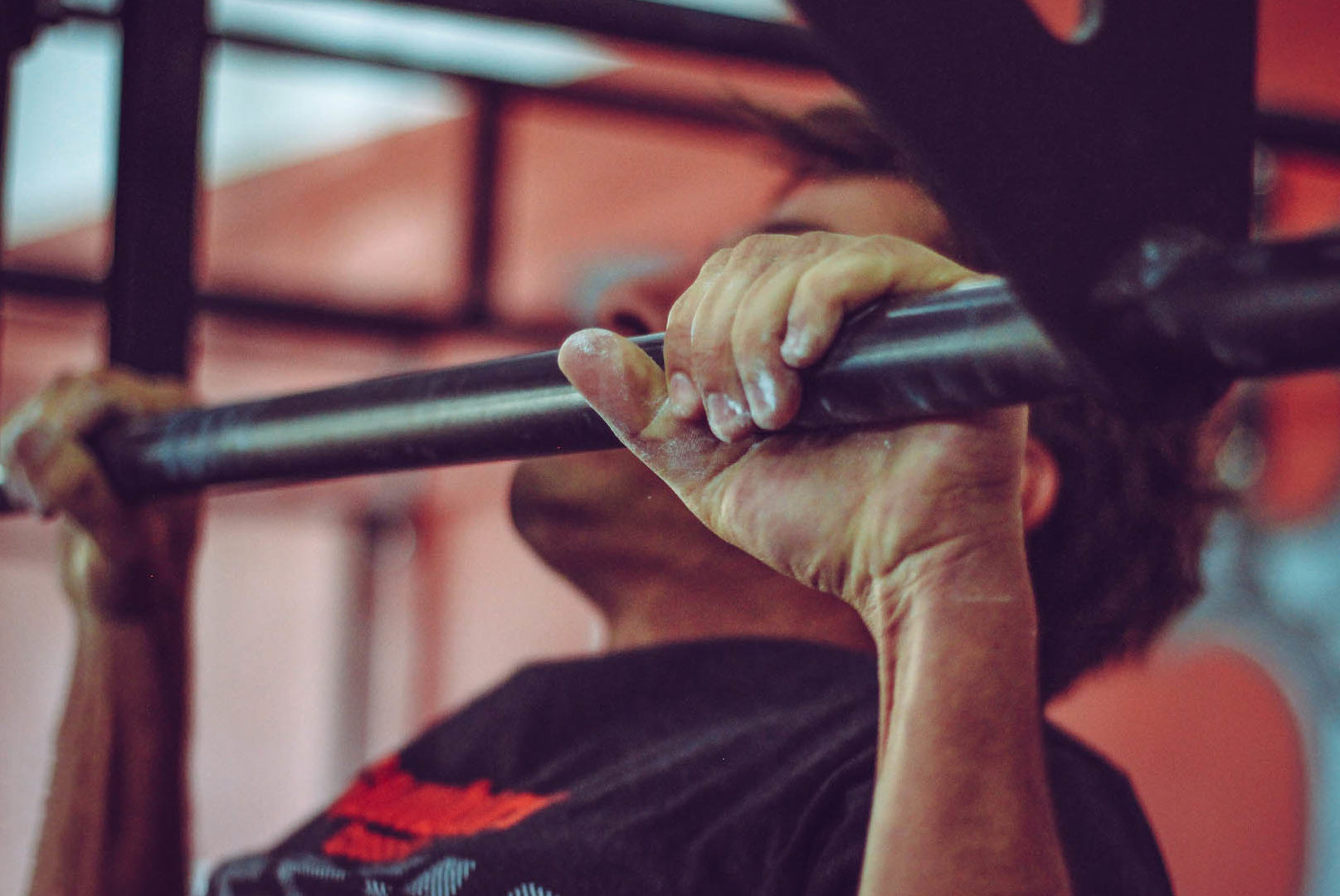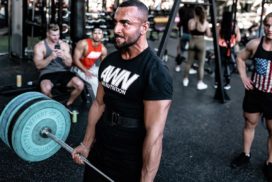Advice on the best number of days per week to train tends to vary.
Some stress the dangers of training too often and emphasize the need for rest days while others believe in hard work and a rigorous no-days-off routine.
For most people who go to the gym, life outside of fitness tends to complicate what would be well-structured routines. Many may not have all days of the week available to them or may be frequently faced with how to balance their life outside the gym and lifting. Therefore, days off are needed, not just for general variance but also for recovery.
How Many Rest Days Do You Need?
An important step in determining how many days per week to train is to evaluate how much time your body needs to recover.
Your body recovers from training by elevating the amount of protein going to the muscle which was just worked. This elevated transportation of protein to muscles is called protein synthesis and is increased after a workout for 36-48 hours. This is so the damaged proteins in the muscles trained can be replaced with newly created proteins, building a stronger muscle and increasing strength.
If the body is never allowed to recover from training then muscles will never fully repair, leading to sub-optimal results. Likewise too much volume will eventually lead to burning out and, after enough time, CNS fatigue. Even if excessive volume did not lead to an overloaded central nervous system, lifting weights 3+ hours a day, 7 days a week is not sustainable over time as discipline and motivation fluctuate.
For these main reasons, at least one day of rest is ideal per week. More than one day of rest requires sacrificing some frequency and less than one day of rest runs the risk of overtraining which will cause exhaustion and a lowered connection between neurons.
Why Training Frequency Is Important
High frequency per major muscle group is vital for growth to occur.
According to Brad Schoenfeld, a professional bodybuilding and fitness expert who has published over 100 articles on hypertrophy training and body composition, hitting a muscle group twice per week while keeping the overall volume the same yields significantly better results than once per week, however hitting a muscle group 3 times per week did not result in any discernible changes compared to twice.
The takeaway from this is that a 3 day revolving routine which is repeated twice per week is most likely to give the best bang for buck in terms of hypertrophy.
If each day of this 3 day routine hits a different muscle group, and all muscle groups are hit in at least one of day of this routine, then all muscle groups will be hit at a frequency of twice per week which has been proven to be the most ideal for building muscle.
If 6 days of lifting per week is too often, a 2 day revolving routine which is repeated twice per week would also accomplish the same frequency of training and results assuming volume remained constant. If you’re still not satisfied with the demand of 4 training sessions a week, a 1 day full-body workout repeated twice could suffice.
As long as volume is similar across different splits, the gains from combining different muscle groups together will not differ significantly.
The Most Optimal Training Splits
| Type of split | Training sessions per week | Rest days | Muscle groups trained |
| PPL | 6 | 1 | Chest, shoulders, tri’s Back, rear delts, biceps Quads, glutes, hams, calves |
| Upper-lower | 4 | 3 | Upper body Lower body |
| Full body | 2 | 5 | Full body |
This table lays out the three main splits along with the number of training sessions per week for optimal frequency, the number of rest days per week, and the muscle groups trained per each session. Full body routines can be done more than twice a week, this table just simplifies how many revolutions of the split are to be done each week based on the 2x frequency per week suggestion from Schoenfeld’s research.
These training sessions per week recommendations also assume that volume does not change when number of sessions weekly is reduced meaning the number of sets and reps stays consistent.
Hitting the major muscle groups twice per week without having to achieve very high amounts of volume per session creates the foundation for the argument in support of the push-pull-leg routine. This split ensures all major muscle groups are being hit approximately twice a week and there is at least one day for the body to recover as well.
Another training split apart from PPL is the upper-lower split and variations of it such as upper-lower-upper-lower-rest-rest or simply upper-lower-rest. A benefit to this routine is that more muscle groups are activated per training session meaning overall frequency per week can be decreased.
One disadvantage of the upper-lower splits is that it limits the range of exercises you can do per session since upper muscle groups are all grouped together as are legs. A second disadvantage is that it allows less attention for each muscle during a training session and less overall variance in routine.
There are other routines, including the full body routine, and technically an infinite number of possibilities for splits, but these are the common ones and generally regarded as the most effective.
Summary
Wrapping things up, for optimal results from training, it is best to have 1 rest day a week and be working out 6 days a week if you are on a 3-day routine, like push-pull-leg, or 4 days per week if you’re on a 2-day routine, such as upper-lower.
There are multiple ways to set up your training splits, which allows you to mold your regimen to your schedule while also achieving the best training frequency for hypertrophy. Generally, 1 rest day per week is all that’s needed and the major muscle groups should be stimulated about twice a week for ideal growth.
For more on training and optimizing the results from weightlifting, such as whether high reps or heavy weight is better for building muscle and the best way to quickly progress in pull-ups, click here.







